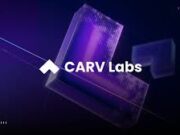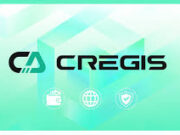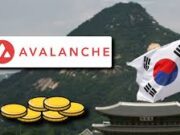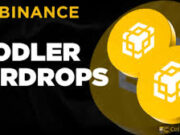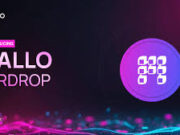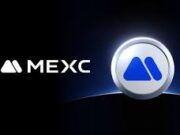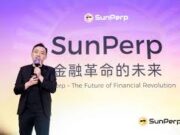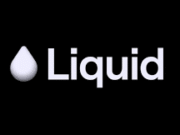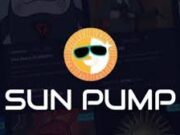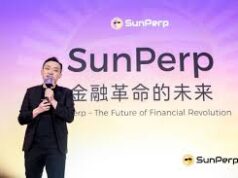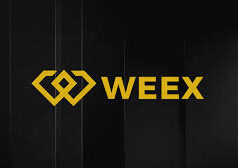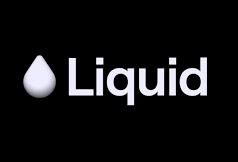This dual-incentive model aims to boost engagement, motivate trading, and reward content or asset creators simultaneously. In this post, we’ll dive into how this competition works, the benefits for traders and creators, possible risks, and why this might set a new standard in on-chain economies.
What Is Mint Club, Quickly?
Before we explore the competition, a refresher on Mint Club: it’s a protocol that enables any user to create custom tokens or NFTs backed by an existing ERC-20 token via bonding curves. (Mint Club)
Instead of manually setting up liquidity pools, creators define a bonding curve — the mathematical relationship between supply and price. When someone buys (mints) or sells (burns), the pricing is handled automatically via that curve. (docs.mint.club)
One key point: creators can set royalty rates (from 0% up to 50%) on minting or burning. Those royalties are automatically collected in the creator’s wallet. (docs.mint.club) This built-in royalty mechanism is central to the new competition approach.
What Is the ENBchild Trading Competition?
Competition Mechanics
Mint Club’s announcement states that there will be an ENBchild token trading competition, where even a single trade may qualify for rewards. (X (formerly Twitter)) The idea is simple: encourage volume and participation by making it accessible.
The competition runs over a defined period (e.g. one week) and includes leaderboards so that traders can compete for top spots. (X (formerly Twitter)) Importantly, the structure ensures that creators receive royalties from all trading activity, not just minting or burning. (X (formerly Twitter))
Thus, two reward streams emerge:
- Trader rewards: participants get prizes or incentives for executing trades (volume, frequency, leaderboard position).
- Creator royalties: the token’s creator continues to earn a share from every transaction, reinforcing long-term value.
Goals & Intent
Why run this competition? The aims include:
- Boost token engagement and liquidity: By incentivizing trades, more people will interact with ENBchild tokens and explore the Mint Club ecosystem.
- Support creators sustainably: With continuous royalties, creators gain from secondary usage, not just initial sales.
- Showcase new token economics: This is in some sense an experiment in combining marketplace dynamics with royalty sharing.
- Grow community and awareness: Competitions often draw attention, attracting fresh traders and creators alike.
Because it encourages organic trading behavior (rather than just hoarding or speculative holding), it may lead to healthier token dynamics.
How Participation Works (Step by Step)
1. Acquire ENBchild Tokens / Use Mint Club
To join, you’ll need access to the ENBchild token on Mint Club (or a compatible chain). Because Mint Club supports various EVM chains (Ethereum, Base, Arbitrum, etc.), participants across those chains may join. (docs.mint.club)
2. Trade (Mint / Burn or Swap)
Any trade qualifies: whether it’s minting (buying) or burning (selling) under the bonding curve structure, or possibly swapping via external liquidity. Even a single trade might make you eligible for some reward. (X (formerly Twitter))
3. Climb the Leaderboard
As you trade more—or make more frequent trades—you accumulate metrics for ranking on the leaderboard. Top performers are promised extra rewards. (X (formerly Twitter))
4. Rewards & Royalty Distribution
At competition end, rewards are distributed to qualified traders. Simultaneously, the creator receives royalties accrued over the trading period as per the royalty settings. (X (formerly Twitter))
So you don’t just benefit from immediate trade rewards—you also reinforce creator participation and alignment.
Benefits for Traders and Creators
For Traders
- Incentives to trade — Even minor trades yield rewards, thus lowering barriers to entry.
- Competitive motivation — The leaderboard encourages repeated engagement.
- Liquidity & utility — The token becomes more usable; it’s not just a speculative asset.
For Creators
- Continuous revenue — Creator royalties accrue from all trading activity, not just initial sales.
- Alignment of incentives — The more trading happens, the more the creator earns.
- Greater exposure — The competition draws attention to the creator’s token or content.
By aligning both sides, Mint Club hopes to build a virtuous cycle: more trades → more revenue for creators → more reasons to launch new tokens → more trading.
Potential Challenges and Risks
No initiative is without trade-offs. Let’s examine some caveats:
Market Manipulation or Wash Trading
Because rewards are tied to trade volume, there’s risk of wash trades or manipulative behavior—traders executing unnecessary loops to inflate metrics. Ensuring fair rules and anti-abuse mechanisms is critical.
Unsustainable Reward Pools
If the competition rewards are too generous relative to actual trading volume, the cost to organizers or the protocol could become unsustainable.
Royalties & Fee Drag
While creator royalties are appealing, they effectively increase transaction cost. Some traders may shy away if the royalty percentage is high, reducing participation. Balance is key.
Liquidity Concentration
If only a few traders dominate the leaderboard massively, general participation may suffer, making the competition less effective at broad engagement.
Technical and Smart Contract Risks
Smart contracts handling competition, leaderboards, reward distribution, and royalty accounting must be secure. Bugs or exploits could undercut the whole initiative.
Why This Model Could Be Trendsetting
This competition model is compelling for several reasons:
- It integrates reward and royalty systems rather than isolating them.
- It leverages on-chain transparency — trades, royalty payouts, and rankings are verifiable.
- It encourages creators to launch more tokens, knowing their earning potential extends beyond the initial drop.
- It may attract speculators and long-term holders alike, strengthening liquidity and network effects.
In a world where many NFT and token projects struggle to sustain secondary market activity, this model offers ongoing incentives for both creators and participants. If successful, others might replicate the model, and the boundary between token trading and creator economics could dissolve.
Tips & Strategies for Participants
If you plan to join, here are some strategic tips:
- Start with small trades early to get on the leaderboard curve.
- Space out trades rather than all at once to maintain ranking momentum.
- Watch leaderboard dynamics and adjust tactics (for example, someone overtakes you).
- Don’t overpay in gas or fees — sometimes the cost of trading can erode reward gains.
- Pick creators with fair royalty rates so your net upside remains positive.
For creators launching new ENBchild variants, pick a reasonable royalty rate that incentivizes participation but doesn’t deter trading. Also, design a bonding curve that balances token price and usability.
Broader Implications for Tokenomics & Content Ecosystems
This competition may signal a shift in how token economies evolve:
- Royalties beyond NFTs: Often royalties are limited to initial sales in art/NFT contexts. Here, they extend to every trade.
- Token economies as creator ecosystems: Content creators, musicians, developers could launch tokens with built-in financial upside.
- Hybrid incentive structures: Rather than pure airdrops or staking, protocols can combine trade rewards + royalty mechanics.
- Community-driven growth: The competition emphasizes community participation instead of top-heavy token holders.
If multiple protocols adopt similar models, we may see new standards in Web3 monetization, where participation and creation are deeply intertwined.
Conclusion
Mint Club’s launch of the ENBchild trading competition with creator royalty rewards is bold and ambitious. By rewarding both traders and creators, it aims to build sustainable token ecosystems with strong engagement. While there are risks—manipulation, sustainable reward design, fees—the potential upside is substantial: vibrant trading, ongoing creator income, and a new path for tokenomics.
For anyone interested in crypto, NFTs, or creator monetization, this is one to watch. Whether you join as a trader or launch your own child token, be mindful of strategy, watch the rules, and most importantly, enjoy exploring this new frontier.
Sources:
- Mint Club announcement: “Mint Club launches ENBchild token trading competition with creator royalty rewards” (X (formerly Twitter))
- ENB & creator royalty details via ECOSYSTEM channel (X (formerly Twitter))
- Background on Mint Club bonding curve and creator royalties (docs.mint.club)


